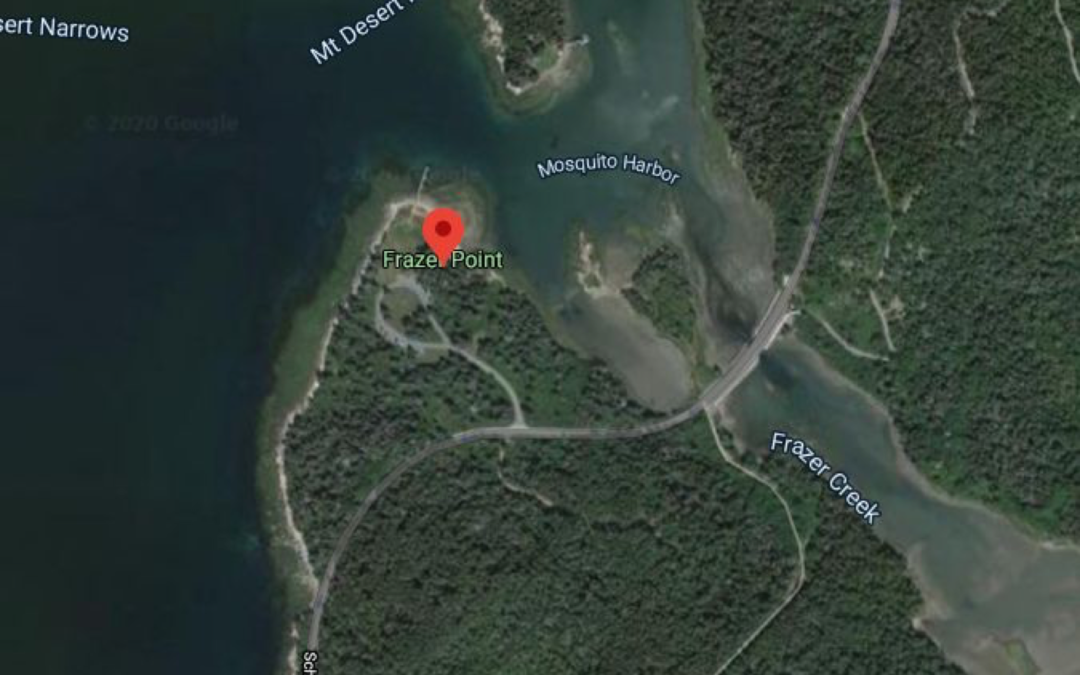Summer School
By: Sandhya Narayanan
All summer internships have one thing in common- to provide the intern temporary work experience in a field over the summer months. Interns take these positions excited at the prospect of gaining this experience, which they can then eventually leverage for future employment or educational opportunities. But these internships also involve training opportunities, which provide the intern the chance to learn more about specific divisions, procedures, and policies associated with their jobs. And some even involve….a final quiz (yikes)!
One such training was NAGRPA for parks, which took place in early July. NAGPRA, or the ‘Native American Graves and Repatriation Act’, mandates that agency or institution that receives federal funds must work with Native American populations in order to return or repatriate Native American human remains, sacred objects, and other items of cultural importance or patrimony. The law is also preventative, giving institutions and tribes a chance to discuss how items that might be found during an excavation or renovation might be handled and eventually, returned to a tribe.

Source: NPS Website- Photo of someone in an archaeological excavation where Native American objects can be found
NAGPRA is a single law, yet how it is administered across federal agencies and institutions varies. NAGPRA for parks, the National Park Service for instance, will have a different set of policies and procedures than NAGPRA for U.S. Fish and Wildlife. I can imagine a DOI employee who may have worked across various divisions participate in a specific NAGPRA training associated with each division, completing three or four trainings over the span of their careers.
And these trainings are intense. They are three days long and held online. And although many of us are at this point accustomed to participating in webinars and trainings online, three days of heavy policy and procedure trainings is a different beast the requires the attendee to wrap their heads around the various definitions of objects and entities and the endless possibilities of hypothetical situations involving interactions between parks, objects or remains associated with Native populations, and the tribes.

Source: NPS website– A tribal representative consulting with an NPS representative on some items of cultural importance
But, by the end of the training, I was more amazed by the history of NAPGRA in the parks and the wide variety of cases and situations that our webinar leaders were able to share with us. Story after story was a reminder as to why NAGPRA is so complicated and complex. Because the situations, histories, and communities that we are working with are equally as complex. NAGPRA as a law seeks to organize and streamline the process and to provide a framework that can be uniformly implemented across the various national park sites across the country. But successfully using NAGRPA, to build relationships and return objects and human remains to individuals and tribes, depends on knowing these nuanced stories. These stories and cases are not captured by the law, but they are maintained in the living institutional memories of tribal community members and NAGPRA staff. By the end of the training, I wondered whether or not three days was even enough to fully understand the law and the impact that it has had on shaping relationships between our national parks and native tribes and communities across the nation.
